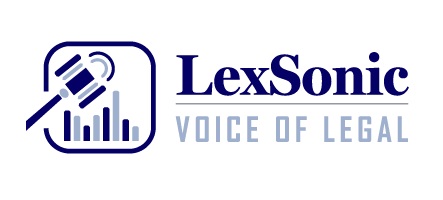Petitioner Allowed to Transition CENVAT Credit Despite Manual Excise Return.
08-July-2025
Central Excise >> Tax Laws
The Bombay High Court recently set aside an order that had rejected a petitioner's revised TRAN-1 Form, which sought to transition an additional CENVAT credit of Rs. 1,16,29,351/-. The rejection was based on the petitioner's failure to revise its excise return electronically for the period prior to July 1, 2017.
Background of the Case:
The petitioner, a manufacturer of industrial catalysts, initially filed its GST Form TRAN-1 on August 26, 2017, for a credit of Rs. 4,31,30,239/-. Subsequently, it discovered an oversight, realizing it had inadvertently missed claiming a credit of Rs. 1,16,29,351/- related to three Bills of Entries in its ER-1 return for May/June 2017. This error was communicated to the authorities via a letter on February 16, 2018, requesting permission to file a revised TRAN-1.

After the Supreme Court's directive in Union of India Vs. Filco Trade Centre Pvt. Ltd. (2022 (63) GSTL 162 (S.C.)), which reopened the GST portal for filing/revising TRAN-1 forms until November 30, 2022, the petitioner manually filed a revised ER-1 return on November 23, 2022. Following this, a revised TRAN-1 was also submitted to claim the additional credit. However, respondent no. 3 rejected the additional claim, citing that the circular only permitted filing/revising TRAN-1 or TRAN-2, not returns under the previous excise regime.
Court's Analysis and Decision:
The High Court meticulously addressed the respondents' objections:
- Electronic Filing of Excise Returns: The court rejected the argument that the revised excise return should have been filed electronically. It noted that the excise portal was no longer functional after July 1, 2017, making electronic revision impossible. The court emphasized that requiring the petitioner to do something electronically that was not feasible post-GST introduction was unreasonable.
- Time Limit for Claiming Credit: The respondents argued that the claim was not made within the one-year period stipulated by the CENVAT Credit Rules, 2004. The court found this invalid, pointing out that the petitioner had informed the GST authorities of the error on February 16, 2018, which was within the one-year window from May/June 2017. The court also considered the technical issues with the GST portal and the Supreme Court's intervention, which ultimately allowed the petitioner to revise its TRAN-1.
- No Loss of Revenue: The court referenced its own decision in Aberdare Technologies Pvt. Ltd. Vs. Central Board of Indirect Taxes & Customs ((2024) 21 Centax 227 (Bom.)), upheld by the Supreme Court, which allowed rectification of errors post-statutory period if there was no revenue loss. In this case, the respondents had not disputed the petitioner's eligibility for the credit itself, only the procedural aspects.
The court also found support in Jekson Vision Private Limited Vs. Union of India ((2023) 120 GSTR 91), a similar case where manual filing of excise returns was accepted when electronic means were unavailable. The court reiterated that substantive rights should not be curtailed due to mere procedural infirmities, especially when computer systems create hindrances.
Conclusion:
The High Court concluded that the petitioner's manual revision of the excise return and subsequent revision of TRAN-1 were justified under the circumstances. The court quashed the impugned order and directed the respondents to accept the manually filed revised excise return and permit the transition of the additional CENVAT credit of Rs. 1,16,29,351/-. The respondents were instructed to complete this exercise within eight weeks.
